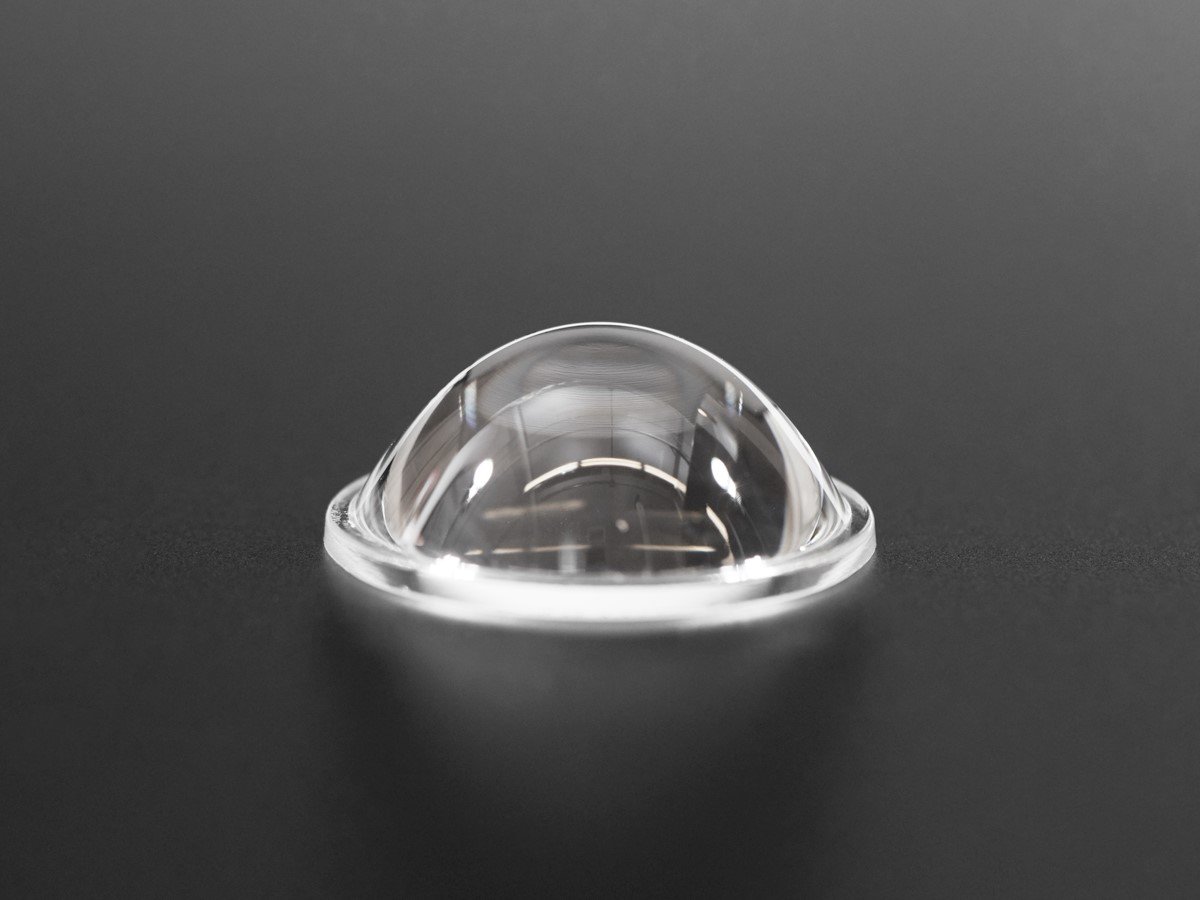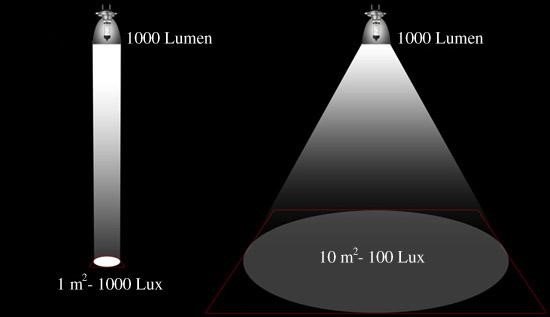
Lumen (lm) and lux (lx), two terms we frequently encounter in the lighting industry, can often be confused with each other. There is a close relationship between these two terms. These two values are very important to understand a light source and its effect. Although the power (Watt) value of electricity is generally used for brightness, this is a trick. Because the efficiency of the light source changes, the power used does not completely turn into light. So a 10 Watt light source can be brighter than a 50 Watt light source.
Lumen refers to the luminous flux and 1 Lumen; It is equal to 1 Candela x 1 Steradian. The lumen value is independent of the light propagation angle. In other words, the lumen value can be explained as the brightness of the light source. Lux is the amount of lumen per unit surface, that is, the light intensity. It can be shown as 1 lx = 1 lm/m². As it can be seen from the equations since it is related to the unit area, with the help of the lens of a light source whose lumen value is kept constant, the light emission can be reduced and the lux value can be increased.

For example, the light intensity of our solar lighting product with 2000 lumens can be increased with the help of different lenses. But remember; loses from the illuminated area.























